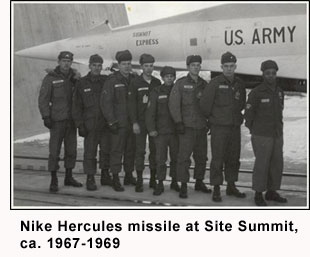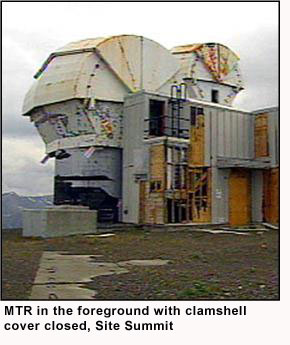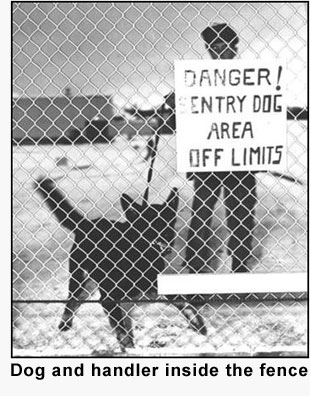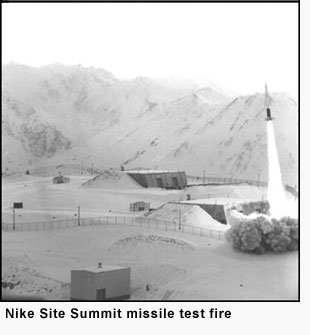Developing the Nike Hercules Missile

Shortly after World War II, the United States Army realized that German aircraft and missile technology had outpaced America's conventional artillery. They also realized the potential threat of Soviet Union bombers breaching U.S. borders, so the Army directed their focus toward developing a surface-to-air guided missile system that could intercept and destroy bombers. The resulting system was a ground-based, anti-aircraft, guided-missile system that could detect, target, and destroy enemy bombers. It was named Nike, after the Greek goddess of victory.
The system was developed by Bell Laboratories, Western Electric Company, and Douglas Aircraft. The first iteration was finished in 1954 and called the Nike-Ajax, designated SAM-A-7, and deployed to Fort Meade, Maryland. The Nike Hercules, designated SAM-N-25, "B", was an improvement upon the Nike Ajax and designed to intercept a formation of supersonic enemy bombers and operate at both high and low altitudes. The Nike Hercules began replacing the Nike Ajax in 1958.

Missile Specificaitons
The Hercules missile could travel 87 miles downrange and 150,000 feet in altitude. It had great maneuverability and a speed of mach 3.65 (2,707 miles per hour). It could be armed with either a high explosive or nuclear warhead. Nike was considered to be the most formidable of the Army's anti-aircraft weapons. By the mid-1960s, there were 274 Nike-Hercules batteries and 10,000 missiles across the U.S.
The Nike Hercules missile was driven by four radars located at the Integrated Fire Control area of each Nike site: the Target Tracking Radar, Target Ranging Radar, Missile Tracking Radar, and High-Powered Acquisition Radar. The TTR, TRR, and MTR at Site Summit were designed with unique, retractable clamshell covers that provided shelter to the Soldiers during some maintenance activities and a way to keep the radars ice-free during the winter. The TTR followed an enemy target and fed information about the target's movement to the Nike Missile computer system. The TRR prevented enemy attempts to jam the TTR. The MTR directed the Nike Hercules missile once it was launched. The HIPAR looked like a golf ball and swept the skies searching for enemy aircraft.

The radar and missile control equipment was housed in two vans. The intent behind this design was to keep the system mobile, moving it periodically to prevent the Soviets from being able to detect its location and target it. In reality, available land was limited, and permanent Nike sites were constructed. Rather than redesign the system, the vans were simply parked in the IFC buildings at each site. One van controlled the radars and one controlled the missile firing.
Protecting the Missile
Tight security measures were necessary to protect this sensitive equipment. Soldiers working at the site had to have a secret clearance. They were also always supposed to follow the 'two-man rule;' no one was supposed to go anywhere on site without at least one other person accompanying them. Additionally, most Soldiers were not allowed to go into areas that they did not work in. Each Nike site had a group of twelve to fifteen military police who protected the site with their guard dogs. MPs and their dogs spent most of their time in the Missile Launch and Storage area where the missiles were surrounded with a two-fence perimeter: the outer, or limited area fence, and the inner, or exclusion zone, fence. The exclusion zone was the area where the missiles were stored and launched. The MPs would patrol the area between the two fences.

Missile Test Fires
Alaska and Hawaii were the only states where live Nike Hercules missiles were test fired. Targets included computer generated points in space and miniature airplanes. The first test fire at Site Summit occurred at 2:14 pm, November 20, 1960. The missile, named Celebrity, exploded around 39,000 feet, destroying its decoy target. These exercises continued annually in November and December until 1964 when population growth in the flight path made it too dangerous. Live fire exercises were attended by spectators; military and public officials gathered at the site to watch the events, and school kids got time out of school to watch the launches.